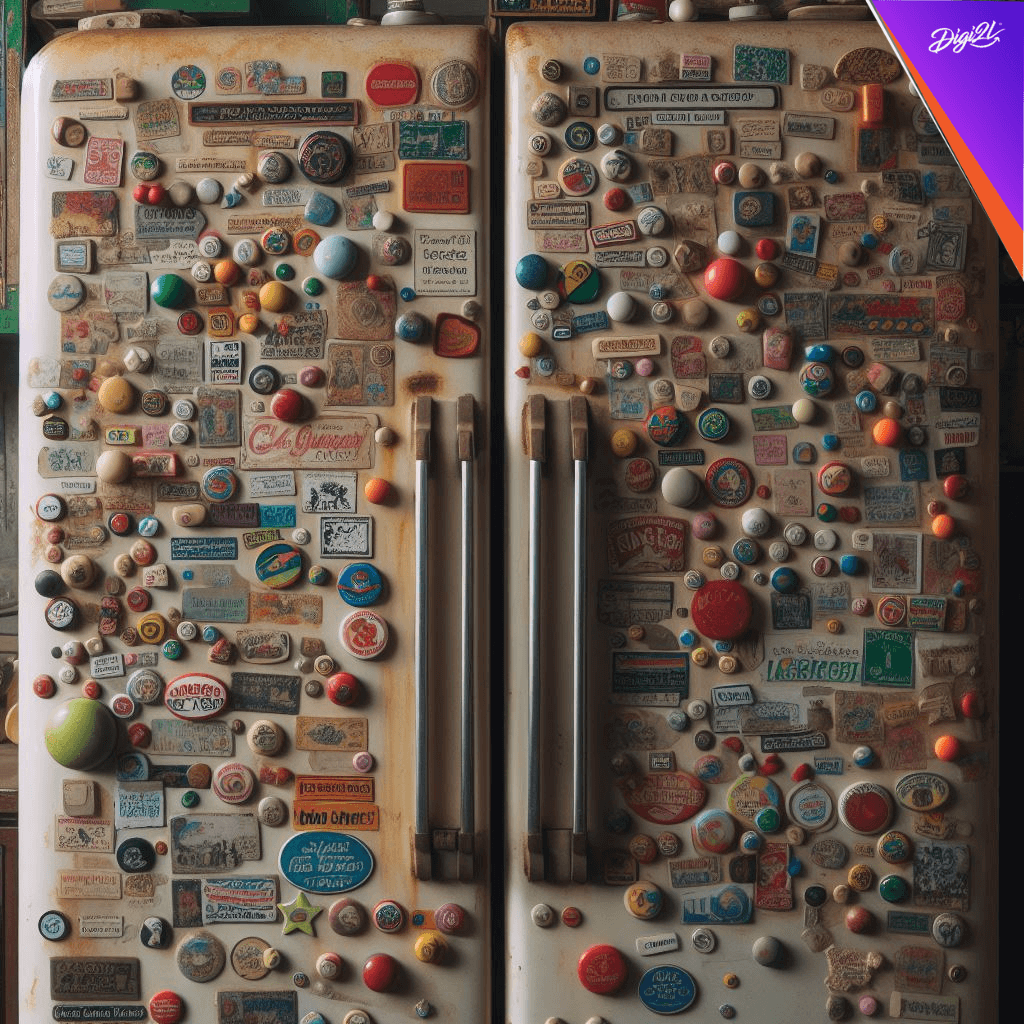
Please Wait ...

Please Wait ...
Enquiry






Curently We are Not Serviceable In this Pincode
91 Springboard, Business Hub, Godrej & Boyce, Gate No. 2, LBS Marg, Vikhroli West, Mumbai, 400079
91 Springboard, Business Hub, Godrej & Boyce, Gate No. 2, LBS Marg, Vikhroli West, Mumbai, 400079
91 Springboard, Business Hub, Godrej & Boyce, Gate No. 2, LBS Marg, Vikhroli West, Mumbai, 400079
91 Springboard, Business Hub, Godrej & Boyce, Gate No. 2, LBS Marg, Vikhroli West, Mumbai, 400079
91 Springboard, Business Hub, Godrej & Boyce, Gate No. 2, LBS Marg, Vikhroli West, Mumbai, 400079
91 Springboard, Business Hub, Godrej & Boyce, Gate No. 2, LBS Marg, Vikhroli West, Mumbai, 400079
91 Springboard, Business Hub, Godrej & Boyce, Gate No. 2, LBS Marg, Vikhroli West, Mumbai, 400079
91 Springboard, Business Hub, Godrej & Boyce, Gate No. 2, LBS Marg, Vikhroli West, Mumbai, 400079
91 Springboard, Business Hub, Godrej & Boyce, Gate No. 2, LBS Marg, Vikhroli West, Mumbai, 400079
Min
Max
₹5,000
₹45,000
Suggested Price







Blogs> Circular Economy: A Global Need

The Circular Economy (CE) has become a global imperative in response to mounting environmental challenges and finite planetary resources. Businesses are increasingly embracing circularity to address issues like biodiversity loss and pollution, crucial for mitigating the impacts of climate change. CE promotes sharing, leasing, reusing, repairing, refurbishing, and recycling resources and goods to extend their lifecycle and minimize waste. Its principles focus on waste and pollution elimination, resource cycling, and natural regeneration, contributing to emission reduction, resource efficiency, and sustainable consumption. Amid population growth and rising demand for commodities, CE is not a luxury but a necessity. Maximizing reusable materials usage reduces waste, curbs emissions, and lessens reliance on imported raw materials, vital for ensuring a sustainable future and a healthy environment. Transitioning to a circular economy offers numerous benefits, including alleviating environmental pressures, providing durable products, stimulating demand and supply, leading to job creation and economic growth. Businesses adopting CE strategies enhance energy efficiency and access to affordable products, fostering economic development while reducing environmental impact. Ultimately, CE presents a win-win scenario for businesses and the environment, driving innovation, economic prosperity, and environmental sustainability. Embracing circularity is essential for businesses to thrive while safeguarding the planet for future generations.
Why has Circular Economy become a global need?
As the number of environmental challenges grows, so does the need for eco-friendly products. Because our planet’s resources are limited, a circular economy is critical for addressing concerns such as biodiversity and pollution. The circular economy is one such concept that many businesses are beginning to embrace. Because global warming is inflicting significant damage to the earth, if we do not address this issue now, the future will be jeopardised.
What exactly is a Circular Economy?
A circular economy (also known as circularity or CE) is a production and consumption model that promotes sharing, leasing, reusing, repairing, refurbishing, and recycling of existing resources and goods for as long as feasible. CE strives to address global concerns such as climate change, biodiversity loss, waste, and pollution by stressing the design-based application of the model’s three guiding principles. The three concepts necessary for the transition to a circular economy are waste and pollution elimination, cycling goods and resources, and natural regeneration. Over the last 10 years, the theory and principles of circular economy (CE) has been intensively researched in academia, business, and government. CE is gaining popularity since it helps reduce emissions and raw material consumption, opens up new business opportunities, and, most importantly, raises the sustainability of consumption and improves resource efficiency.
Is CE a Want or a Must…?
As the world’s population grows fast, so does the need for basic commodities. The industry is also working hard to maximize the usage of reusable materials in order to reduce waste and pollution. Keeping resources in the loop for a longer period of time would aid in the mitigation of excessive greenhouse gas emissions. Reusing these resources will also assist to lessen the requirement for raw materials imported from other nations. CE has become a must in order to provide a brighter future for future generations and a healthy earth in which to breathe freely.
What Are the Advantages of the Circular Economy?
Moving to a circular economy reduces environmental pressures, provides customers with long-lasting and inventive products, and enhances demand and supply, resulting in greater employment possibilities and economic progress.
The circular economy technique is being used by the majority of businesses. This entails removing low-energy-efficient items from densely populated cities and replacing them with more energy-efficient products. This allows dealers in lower-tier cities to acquire such things in bulk and earn a profit. It also enables consumers in rural and low-income areas to get such second-hand equipment at a lower cost because they cannot afford to purchase new ones. Furthermore, the brands benefit from the most recent technology.
Circular Economy benefits both businesses and the environment. With a growing population, there is a greater demand for work possibilities. In addition, having a safe and healthy atmosphere has become a need.
Circular Economy has shown to be an effective tool for balancing both of these objectives. It has resulted in a win-win situation for both businesses and customers. Companies cannot afford to be liberal with their products and services since it would result in long-term losses. Companies with the necessary resources may develop and create new goods that are both energy-efficient and environmentally beneficial.
Image by storyset on Freepik

By Digi2L - April 25, 2024

By Digi2L - April 24, 2024

By Digi2L - April 23, 2024